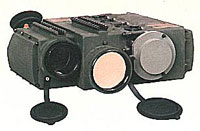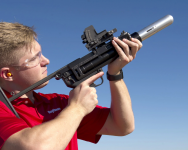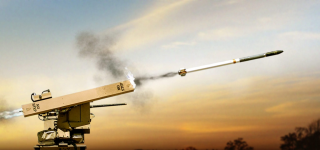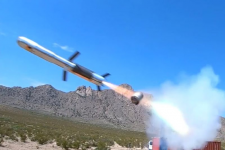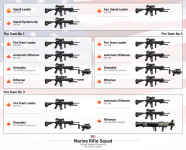FJAG
Army.ca Legend
- Reaction score
- 15,543
- Points
- 1,160
Okay. Another cut at the Army's Future Force Structure. I call this one Force 2026 to be different.
Notes:
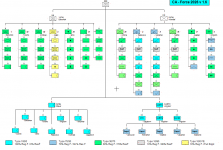

Notes:
- All brigades and units are still based on existing CA personnel counts (RegF and ResF) and equipment holdings (except a HIMARS and AD Arty regiment which are aspirational as far as equipment is concerned and will continue to be equipped with 105mm C3 until new equipment procured)
- 1 (CA) Div has one job and one job only - NATO commitment to Europe during Phase 1 (current equipment holdings) with a flyover armoured brigade and during Phase 2 (new equipment procured) up to a mech division.
- 2 (CA) Div is responsible for defence of Canada and being the lead on all other missions at up to battle group strength.
- Rather than classifying units by readiness levels, they are classified by manning and equipment holdings. e.g. a Type 30/70 unit or subunit has a 30% RegF manning and 70% ResF manning and holds 30% of that unit's equipment. Typically a 30/70 Bn would have 1 x 100/0 fully equipped and RegF manned company and 2 x 10/90 partially equipped companies with a 70/30 Bn HQ, and 30/70 CS Coy and CSS Coy.
- From it's own resources, 1 (CA) Div can immediately man 1 complete fully equipped Armd brigade in Canada as well as 1 complete fully equipped prepositioned Armd brigade in Europe.
- 2 (CA) Div forms all Canadian JTF headquarters based on 39 Bde Victoria (JTF West - BC, AB, SK & NT), 2 Bde Petawawa (JTF West Central - MB, ON & NU), 5 Bde Valcartier (JTF East Central - QC) and 36 Bde Halifax (JTF East - NS, NB, PE, & NL), Cdn RGR groups are placed under command of these four Bde/JTF headquarters.
- 2 (CA) Div no longer has any Mech bns, however each Type 100/0 or 30/70 recce regt or inf bn has an integral ground mobility platoon/troop or company/squadron with varying types of vehicles (including up to TAPV and LAV6) depending on role and therefore has some limited mech capabilities (appx 6 companies and 3-4 squadrons worth in total).
- A small Depot Bn has been added to Vancouver



